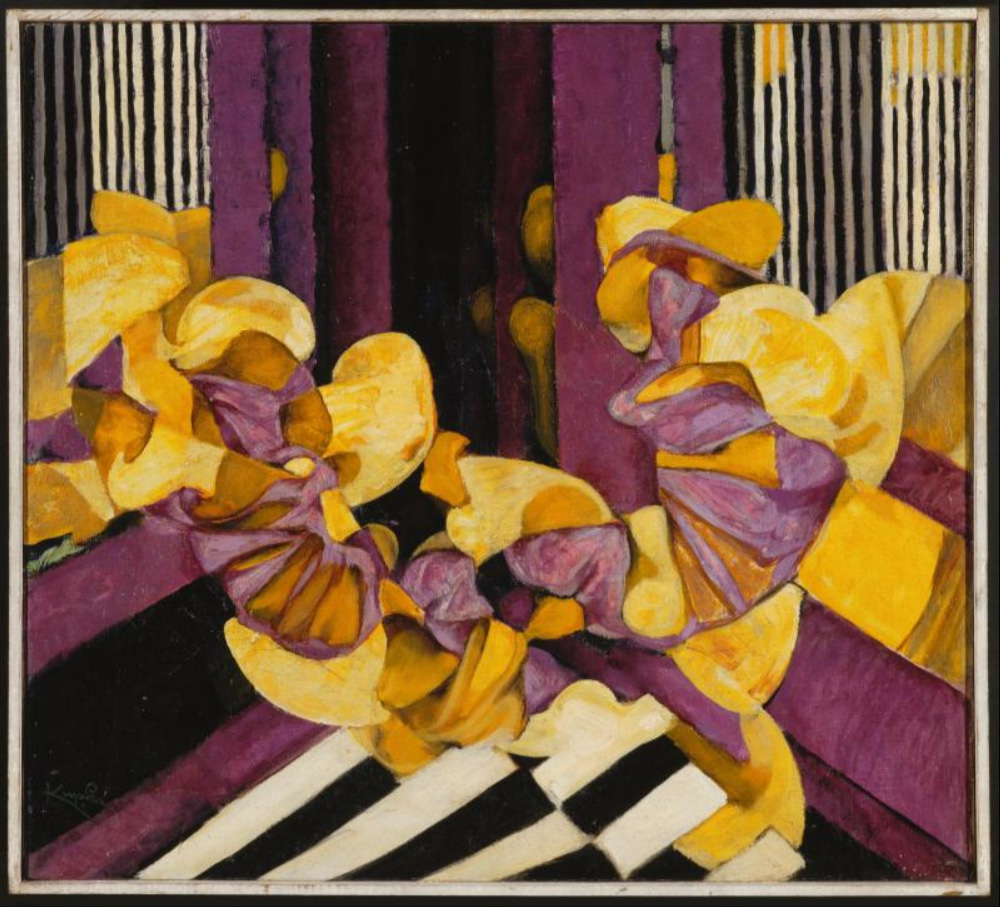
When do you think about abstract art, which artists come to mind?
Kandinsky, Hilma af Klint, Malevich are possibly some names that popped up in your head.
Kupka probably not.
Although not widely known, the Czech artist František Kupka (1871-1957) had an important part in disseminating abstraction at the beginning of the XX century.
Kupka went through many phases during his career: Symbolism, Fauvism, Orphism but did not particularly subscribe to any groups moving among them and experimenting with various techniques and forms until arriving in pure abstraction.
Like many of his contemporaries, the path towards abstract art goes through spiritualism which he was exposed to early in life and would be guided by theosophic (hello Hilma) and occultist ideas throughout his career. The idea of making the invisible, visible was one of the main purposes of experimenting with non-representational art.
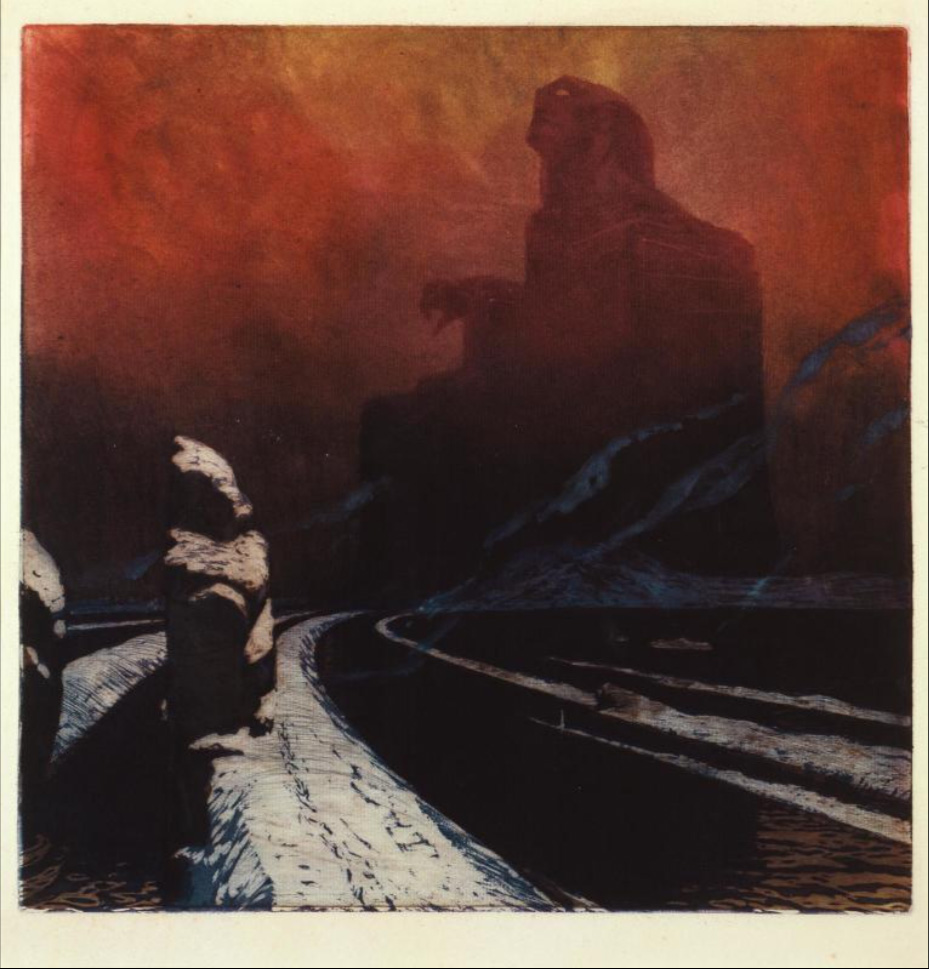
The importance of music and colour
Kupka was very interested in creating “visible music”, exploring for example scales and fugues of Classical music in colours and forms. He wanted to paint music so people could have a sounding experience when seeing his work. That’s one of the reasons some of the paintings have names like Yellow Scale (1907), Piano Keys, Lake (1909) or Amorpha, Fugue in Two Colours (1912)
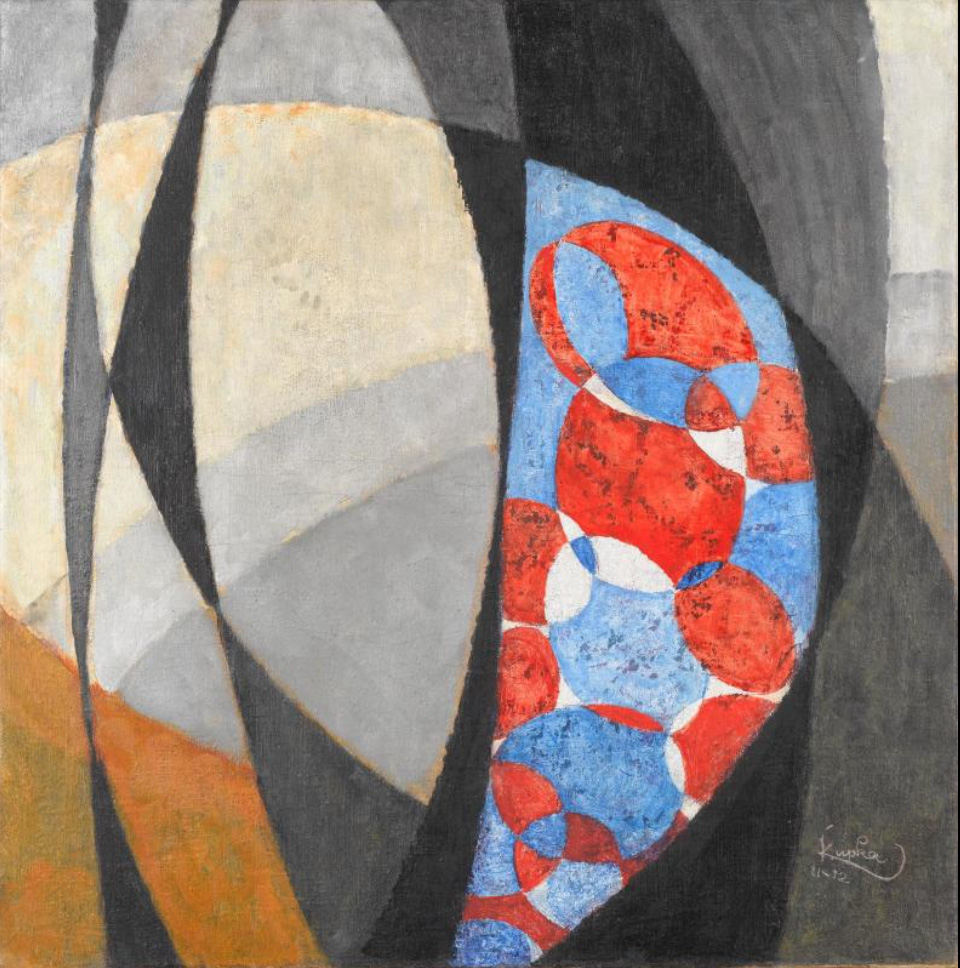
Etude pour Amorpha, Fugue à deux couleurs, 1911-1912/Image: Centre Pompidou 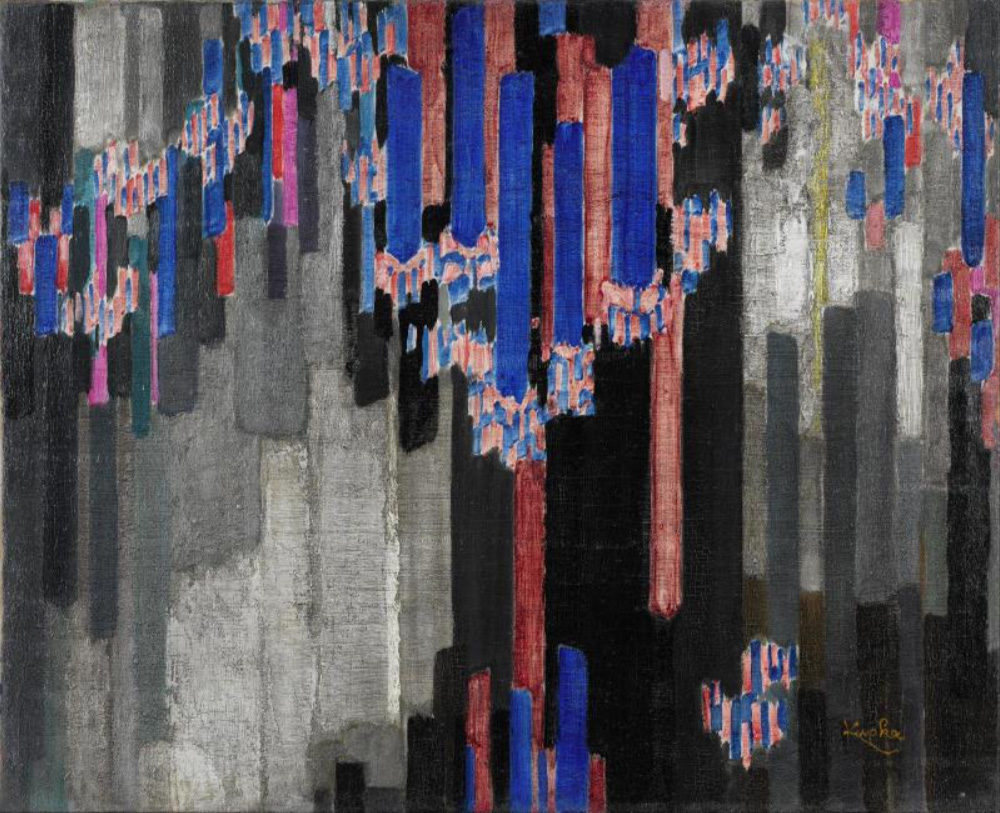
Ordonnance sur verticales, 1911-1920/Image: Centre Pompidou
The exploration of colours and their specific properties (tones, hues, transparency) was another big interest Kupka pursued. His research of colour theory and experimentations led him to create his own colour wheels and paintings like Discs of Newton (1911-12) were influenced by this research.
1.Plans par couleurs, 1910/1911; 2.La Forme du vermillon, 1923; 3.Bouillonnement violet, 1920 / Images: Centre Pompidou
As the curator, Anna-Maria von Bonsdorff writes in the article “František Kupka: Sounding Abstraction – Musicality, Colour and Spiritualism” he tried to create art with ”multisensory qualities”. The search for a new artistic language that could transmit intensity and musicality through colours and shapes made Kupka a true innovator within abstraction.
The graphic artist
When Kupka moved to Paris he worked for many political independent magazines, creating satirical illustrations and went on to illustrate books and posters. You can see more about these works here.
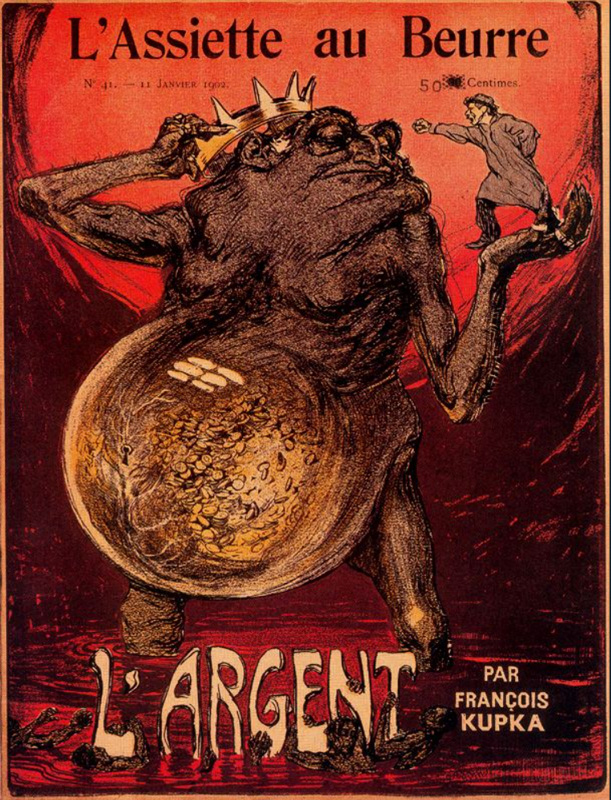
‘L’Assiette au Beurre’ cover, 1902/Image: WikiArt 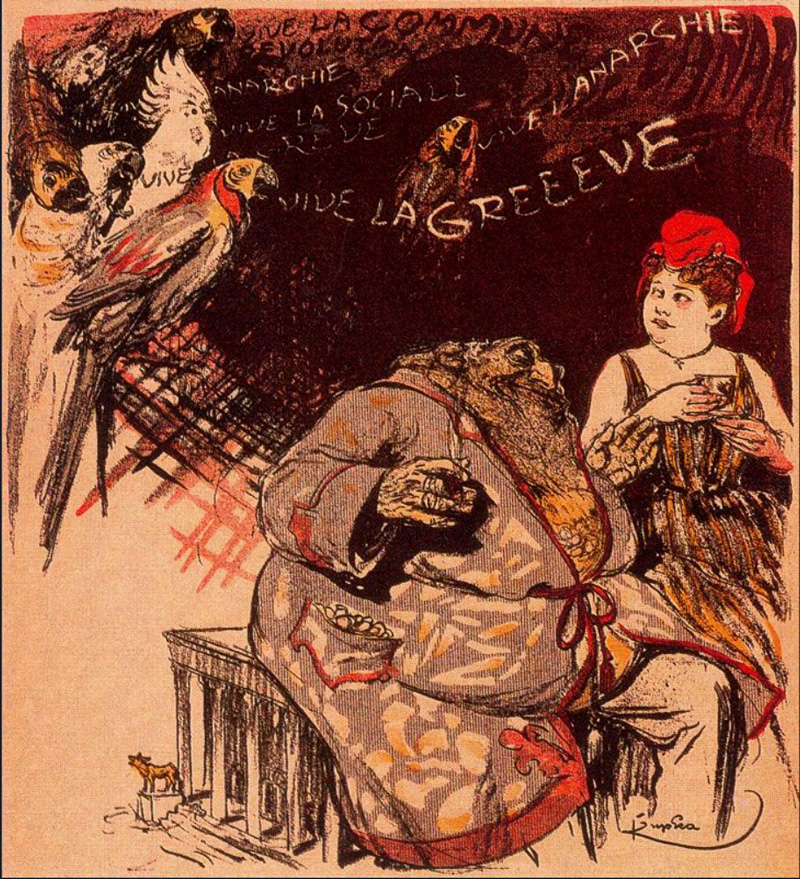
‘L’Assiette au Beurre’ insert, 1902/Image: WikiArt
To know more:
Watch the documentary “Kupka. Pionnier de l’art abstrait”, directed by Jacques Loeuille. In French.
Choosing the images for this post was very hard, so I strongly encourage you to explore the collections from the National Gallery Prague and Centre Pompidou with paintings, illustrations, studies and more.
Browse the catalogue of the 1975 Kupka retrospective at the Guggenheim Museum.
Any thoughts? Leave a comment!
And follow me on IG, Facebook and Twitter!
Have a great week!
❤
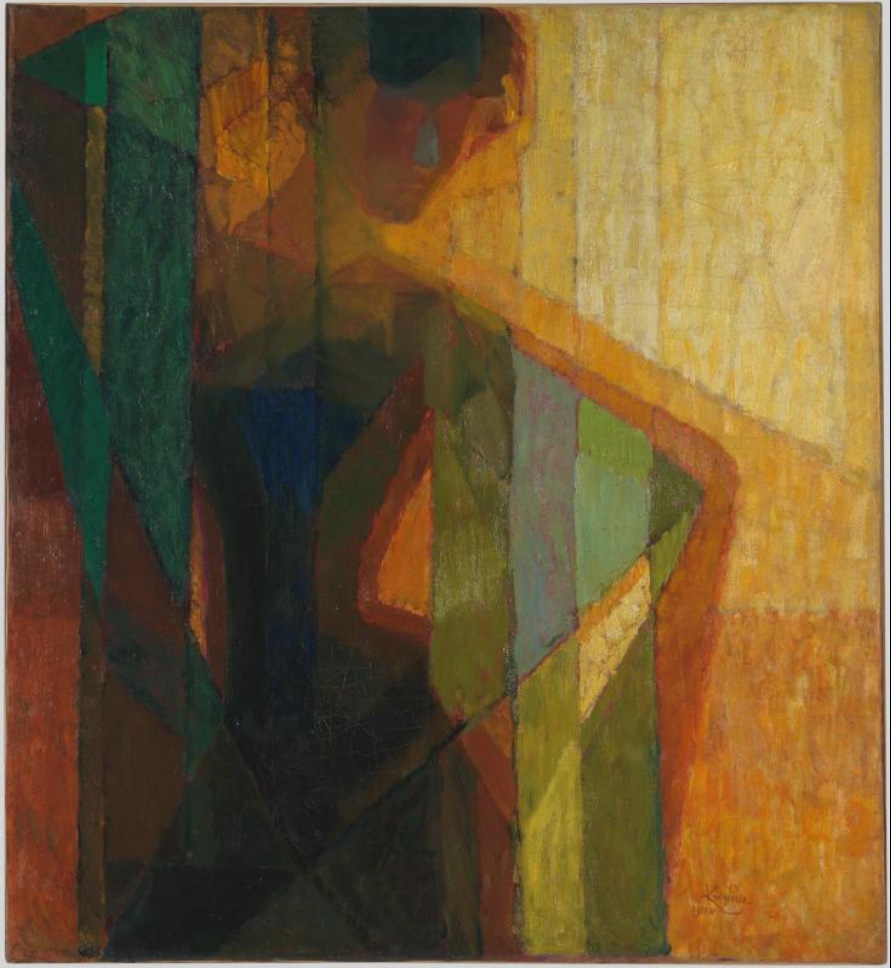


Kupka is one of my favorites. Thanks for the links and commentary! 🙂
LikeLike
I’m glad you liked it! 🙂
LikeLiked by 1 person